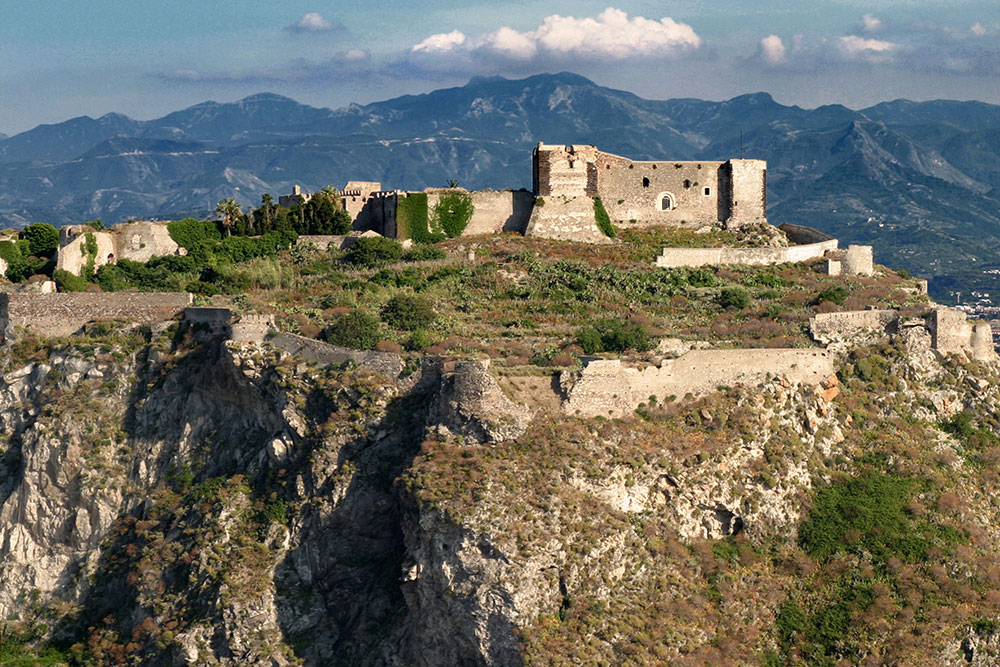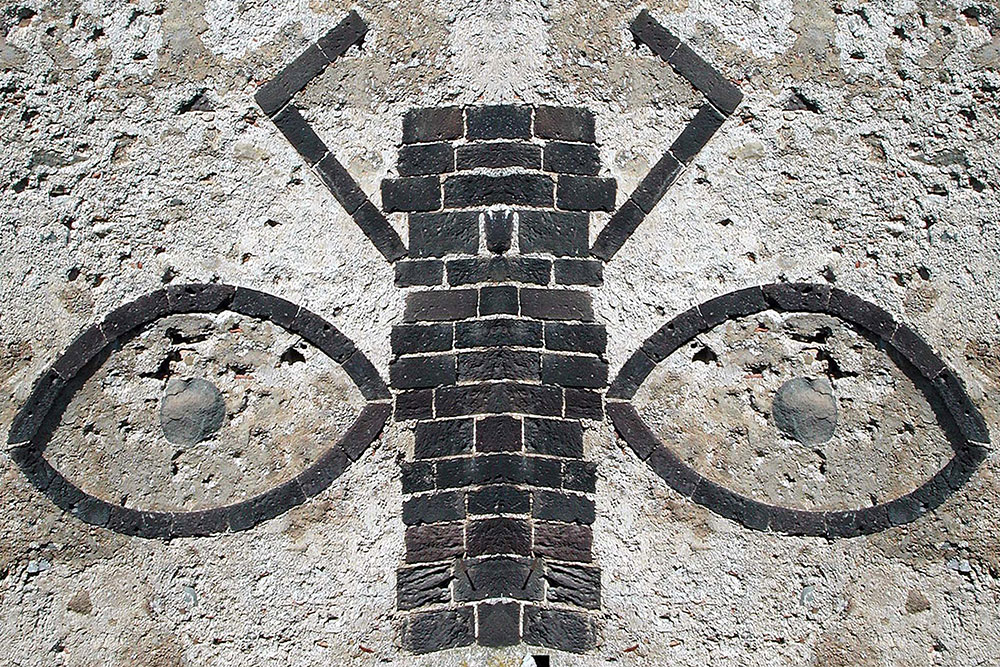The fortified citadel, commonly known as "Castle", stands on the site of the primitive Greek, Roman, Byzantine and Arab settlements.
However, the continuity of life on the castle, resulting in the destruction of the oldest evidence, did not allow to reconstruct in detail the phases of the site prior to the Norman conquest.
0:00
/
0:00
Listen

